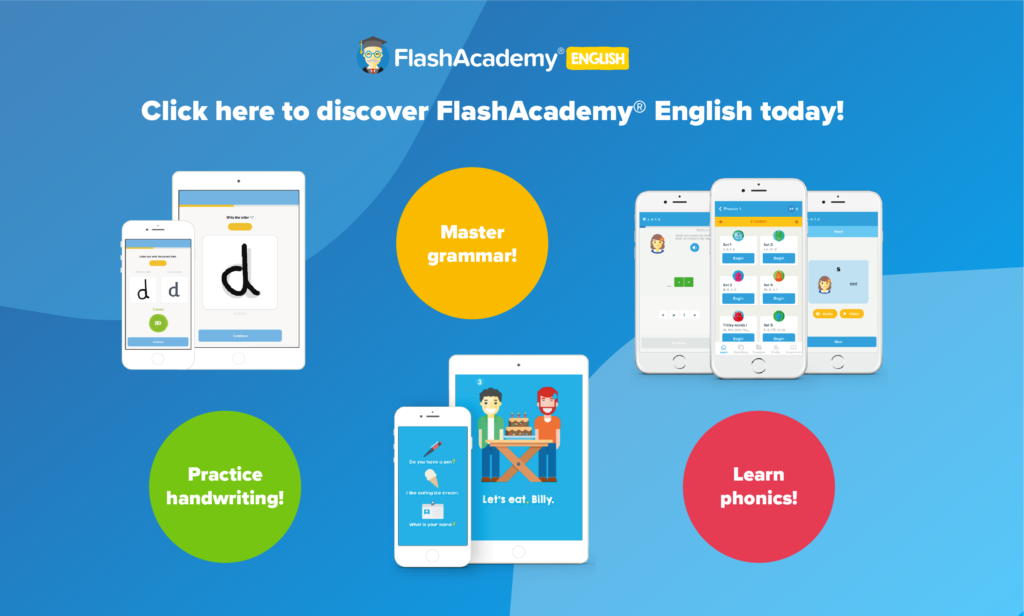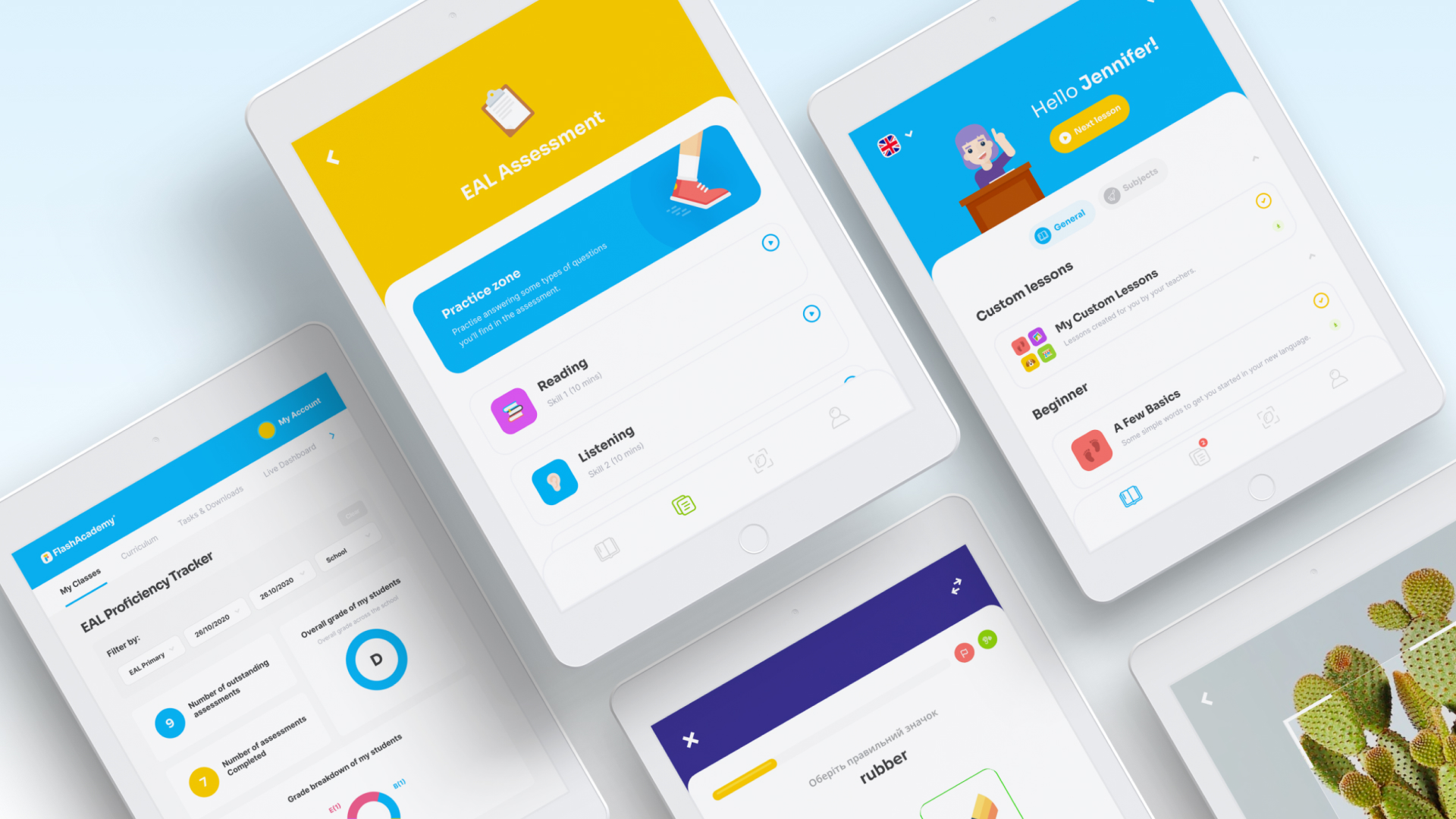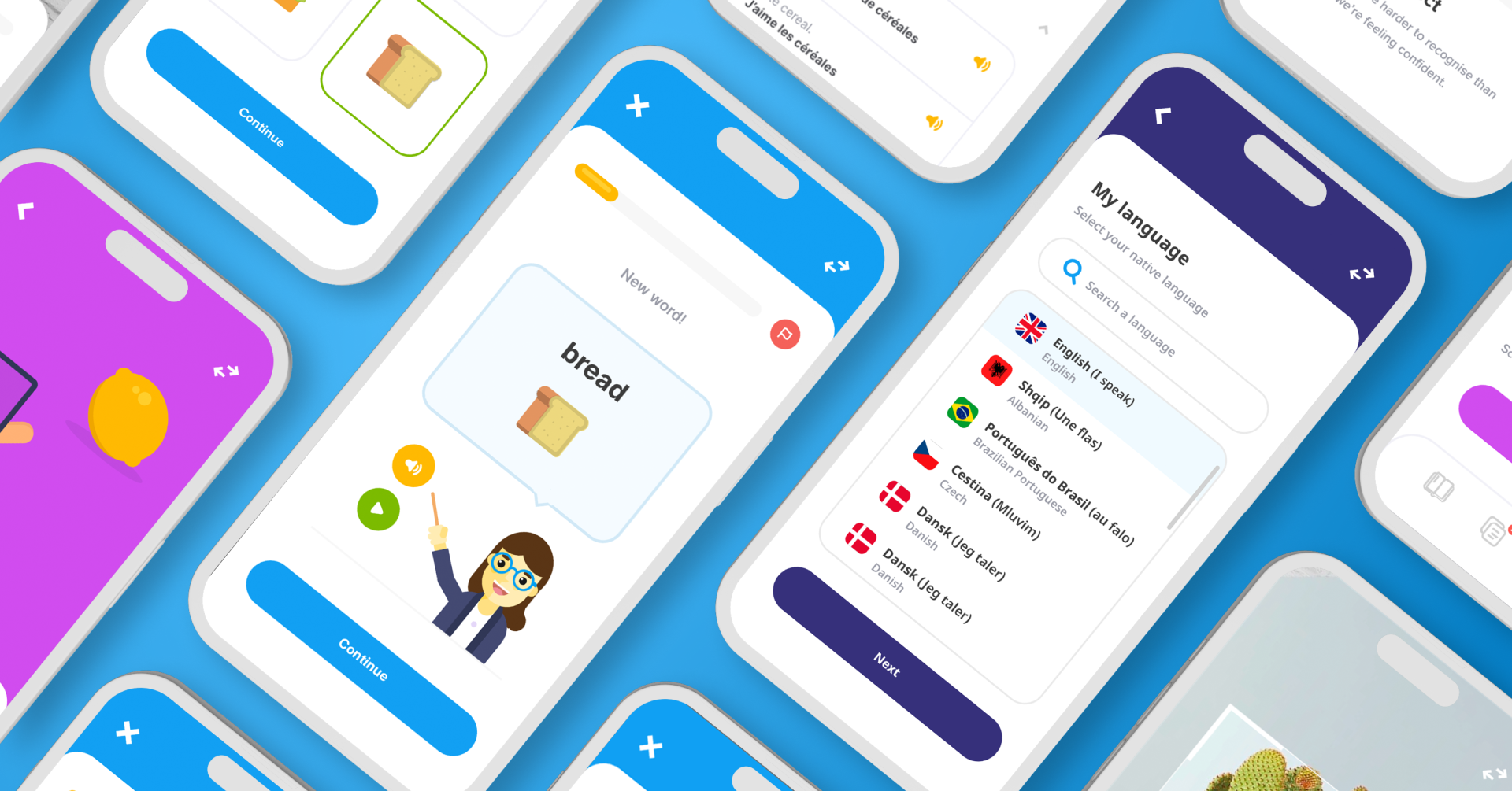

When it comes to learning a second language it is often thought that age can either be your best friend or your worst enemy. For years, people have puzzled over the age factor in search of the ‘recipe for success’ when acquiring a non-native language.
Often at the centre of the debate, the ‘critical period hypothesis’ claims that there is, indeed, a desirable age for acquiring language which ends at puberty. By the same token, the media’s scare stories of scientists revealing the cut-off age for learning a new language can make us think that there is little point in downloading that app we’ve had our eye on or picking up that dictionary that has been collecting dust on the shelf.

But don’t panic, we don’t have to revert to pre-adolescent versions of ourselves to become bilingual. A quick google search will reveal success stories of multilingual adults who seemingly defied the odds. Like the mum who achieved the impossible and learnt five languages in a year!
So, what does this mean for EAL pupils and the adult learner?
EAL pupils outperform their peers if they join English schools early
Back in 2016, figures from the Department of Education revealed that EAL pupils achieved attainment scores that matched the national average and made greater than average progress during school. The report even showed that EAL pupils were more likely to achieve the English Baccalaureate than their peers with English as a first language.
A further report showed that EAL pupils who joined English schools in reception are slightly more likely to hit the expected standard target across reading, writing, and maths. Statistics show 68 percent of EAL pupils achieving this standard, compared with 65 percent of native English speakers. But according to the report, the later they arrive in English schools, the chance of EAL pupils outperforming their peers declines.
Although this would seem to prove the ‘magic’ age for second language acquisition, this data doesn’t even begin to scratch the surface of what we need to know about our EAL pupils.
What does the Bell Foundation say about the Educational Outcomes of Children with EAL?
Following the publication of this data, the Bell Foundation warned that the figures are “profoundly misleading” for several reasons. Using government data, it would be easy to draw the conclusion that EAL needs are successfully met. In reality, the official statistics group children from so many different backgrounds together that the assessment is not particularly meaningful.

The children taken into account by the government data include those who simply speak another language at home to children fleeing war-torn countries. The Bell Foundation’s report suggests that a combination of misleading averages, missing data and the grouping of children from vastly different backgrounds together masks a “huge disparity” in achievement. A pupil’s first language also impacts their attainment regardless of when they entered the English school system with Tamil and Chinese students achieving above the national average even when they arrived as late as age 10.
With so many variables to consider, maybe the focus should be shifted to how we learn…
The learning environment and the FlashAcademy® approach.
Despite some studies seemingly being in favour of a ‘critical’ age, there are simply too many variables to argue for a direct correlation. In terms of language pedagogy, it has also been suggested that characteristics of the learning environment are as important if not more conducive to language learning than age. This is a sentiment that should be welcomed by the adult learner!
Adult learners and child learners simply have different advantages and disadvantages when learning a new language. Perhaps, pronunciation is more naturally picked up by children whereas adults obtain vocabulary quickly because we can map new words to our pre-existing knowledge easily.

Studies as far back as the 60s and 70s recognised that attaching words to visual images significantly improves recall. Research also confirms that multi-sensory learning strategies are the way forward hence FlashAcademy®’s use of adaptive, multi-modal flashcards that incorporate images, videos, audio, and text.
So, good news! It’s time to download that app and dust off that dictionary, as there is no single ‘magic’ age for acquiring language. Both younger and older learners are capable of achieving advanced levels of proficiency in a second language. Child learners may have neuroplasticity on their side but equally, an adult learner’s pre-existing knowledge could work in their favour.


